Collecting marketing data on your customers is one of the most important things you can do to grow your business. Having the right data in hand allows your team to accomplish a number of tasks:
- Increase brand awareness
- Sharpen your messaging
- Improve your products, services, and overall customer experience
But this is assuming you know how to effectively collect the customer data you need — and that you know how to use it to make the necessary improvements.
Unfortunately, while most companies understand the importance of using customer data, many fall short when actually trying to do so.
According to data collected by Sitecore:
- 42% of companies can’t integrate their data collection tools
- 31% lack the ability to sufficiently analyze customer data
- 20% don’t have the tools needed to collect online customer data
- 15% lack the technology to store customer data
In recent years, though, customer data has become the top priority for global business leaders.
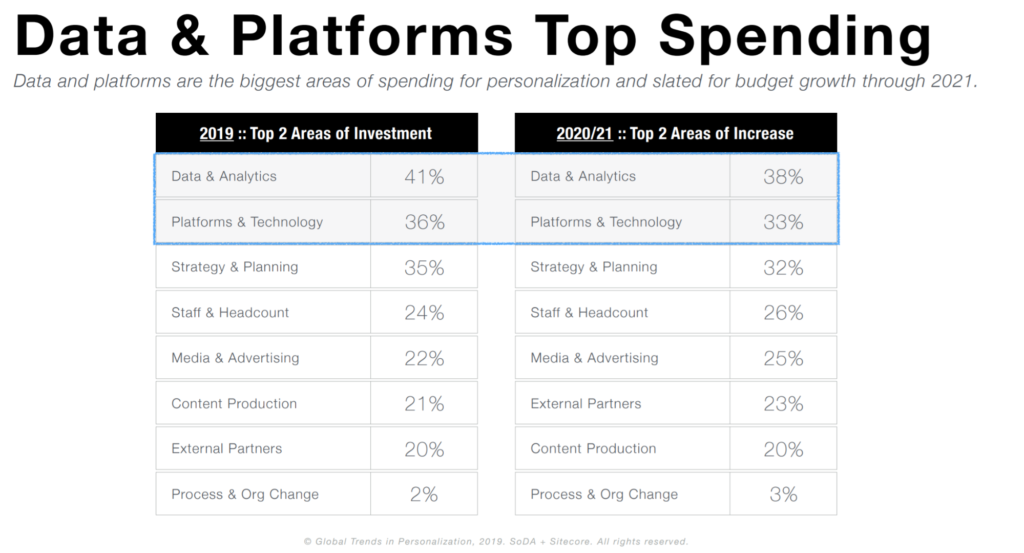
The writing is on the wall:
Your customer data should be at the center of your business — or you’re going to quickly fall behind your competition. In this article, we’ll discuss how you can gain better control of, and make better use of your customer data.
Let’s dive in.
In this article
- 1. Identify Goals for Your Business and Your Customer Experience
- 2. Understand What Customer Data You Need to Uncover
- 3. Identify Your Customer Data Sources
- 4. Determine the Tools and Technology to Invest In
- 5. Develop Standard Operating Procedures to Facilitate Data Collection and Analysis
- 6. Take Systematic and Strategic Action
- 7. Revise and Improve Your Data-Related Processes
- Customer Data is the Key to Improving Your CX
1. Identify Goals for Your Business and Your Customer Experience
As we’ve said, there are a number of reasons to collect data on your customers.
And it’s crucial that you know what you intend to do with the data you collect before you start collecting it.
In terms of growing your business, you need to have a clear goal in mind.
Are you looking to expand your customer base? Generate more value from your current audience? Increase engagement history and loyalty?
Once you’ve nailed down your business goals, you’ll then need to think about which areas of your customer experience need to be improved to reach them.
Maybe you need to create more engaging and targeted content to attract new customers.
Perhaps you need to improve your delivery methods and timing to keep current customers engaged.
Or, you may need to develop more valuable products or services to ensure your most-valuable customers keep coming back for more.
At this point, your knowledge will, admittedly, be pretty general. After all, since you’ve yet to dive into the nitty-gritty data, you’ll have just a cursory understanding of what needs to improve with regard to your CX.
But, with this cursory understanding — coupled with the knowledge your marketing, sales, support, and design teams bring to the table — you’ll be able to focus on the specific data needed to improve your customer experience, and more effectively reach your business goals. In addition to this, you can always import your data to Google Sheets and make sure you have all the necessary customer info in one place. This will help you make better business decisions based on hard facts.
2. Understand What Customer Data You Need to Uncover
Speaking of specific data…
Once you have a focus for your next initiative, you’ll then need to determine what data to focus on collecting.
It’s vital to be as comprehensive as possible, here. Overlooking or ignoring certain pieces of information can lead your team to make assumptions or otherwise draw incorrect conclusions about your customers — which will ultimately cause your efforts to go off-track.
Three Categories of Customer Data
In order to truly understand your customers, there are three overarching categories of data you’ll need to collect.
When combined, this data will allow you to flesh out your target persona profiles, which can then be used to develop initiatives to better serve your audience.
Identifying and Descriptive Customer Data focuses on who your customers are in terms of demographics. Some key examples of this data include the customer’s:
- Age
- Gender
- Location
- Marital Status
- Education Level
- Occupation/Career
- Financial Situation
Psychographic Customer Data considers your customers’ attitudes, interests, and opinions that form the way in which they live their lives. With this information, you can develop products, services, products, and services that fit into your audience’s overall lifestyle.
Behavioral Customer Data focuses on the actions your customers take as consumers. With behavioral data in hand, you’ll have a clear idea of what causes your customers to take further action when engaging with brands such as yours.
Here’s an example persona profile:
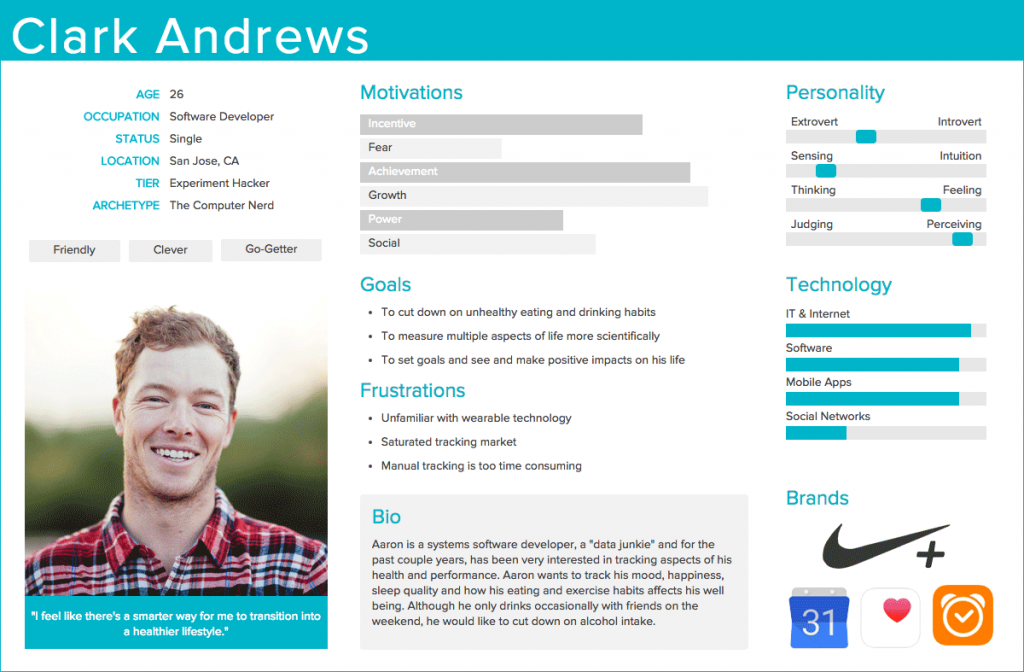
Again, if one piece of this puzzle is missing, you run the risk of missing the mark when working to engage and deliver value to your target audience.
Quantitative and Qualitative Data
As you conduct more in-depth research on your customers, you’ll collect a variety of quantitative and qualitative data — both of which are essential for the purpose of improving CX.
Quantitative data is numerical in nature, typically focusing on business metrics and engagement outcomes.
A few examples of quantitative customer data include:
- Average Order Value
- Cart Abandonment Rate
- Repeat Purchase Rate
These metrics can apply to individual customer profiles, audience segments, or your customer base as a whole. Note that quantitative data aligns closely with behavioral data, identifying the extent to which your customers take certain actions when engaging with your brand.
Qualitative data describes certain aspects of your customers, and/or of their experiences with your brand. Product reviews, helpdesk tickets, and comments made to brand reps all provide information regarding the quality of said experiences.
Both quantitative and qualitative data must be analyzed and interpreted by your team to ensure accuracy and completeness — and in order to take specific action based on what it tells you.
While all data you collect on your customers will provide valuable insight to your team, it’s important to narrow your focus from the start of a given initiative. This will help your team avoid collecting erroneous, incomplete, or simply too much data that could easily throw your next campaign off-track before it even gets started.
3. Identify Your Customer Data Sources
By today’s standards, there’s certainly no shortage of sources to use when gathering data on your customers.
These sources fall into four main categories:
Zero-Party Data
Zero-party customer data refers to any information your customers provide your team without being prompted to do so.
Some key examples of zero-party data include:
- Unsolicited user-generated content
- Helpdesk inquiries
- Direct messages on social media
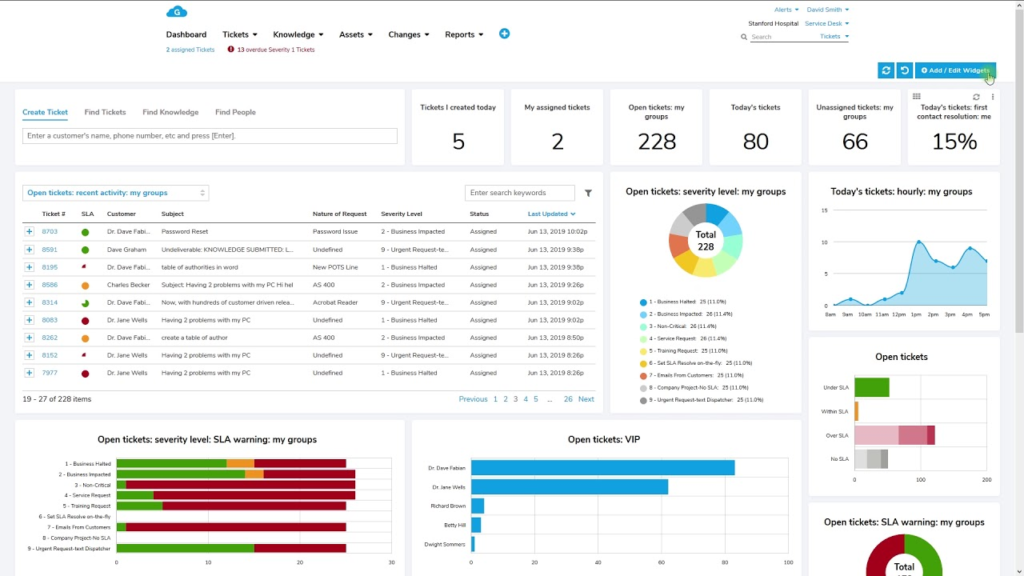
Zero-party data is incredibly valuable to your team for two key reasons:
For one, because your customers are volunteering the information in question, you can be nearly certain that it accurately reflects their sentiments regarding your brand. It’s also unique and private in nature — meaning it contains insight that only your brand is privy to.
Though zero-party data is unsolicited, you do want to provide myriad opportunities for your customers to provide such information to your team. This means putting structures in place to enable two-way communication wherever possible.
First-Party Data
First-party customer data is information your team solicits and collects from your customers.
Basically, any information your customers give you after you’ve asked for it can be considered first-party data.
Some examples:
- Contact form data
- Quiz responses
- Live chat conversations
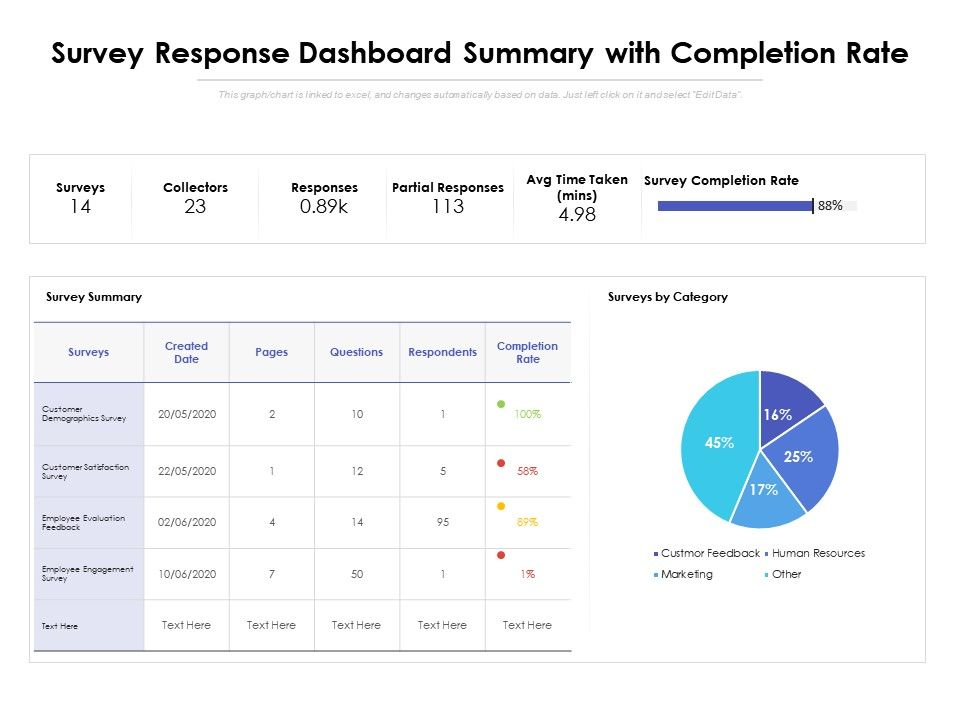
When collecting first-party data, it’s crucial that you focus on eliciting specific information from your customers. Neglect to ask a certain question or request certain data, and you’ll have missed the perfect opportunity to learn even more about your customers.
(That said, you don’t want to drag out these engagements ad nauseam. Rather, stay focused on the need-to-know customer data — and make sure you come away with as much information as possible.)
Second-Party Data
Second-party customer data belongs to your competitors, or to companies with overlapping target audiences.
Of course, you’ll only be able to collect second-party data that has been made public in some way or another. Social media comments, on-site product reviews, and published reports can all be considered second-party data.

It’s also important to dig into the context of this data — which may not be all that obvious on the surface. For example, if a comment on social media may refer to a previous exchange between the customer and your competitor, you’ll likely gain even more insight by looking into this past exchange, as well.
On that note, you also need to be highly critical of any second-party data you collect. As there’s no way to know the entire context of the situation — nor how accurate the information is — you shouldn’t necessarily treat this data as cold, hard facts.
Still, second-party data can add a layer of insight into the other information you collect on your target audience.
Third-Party Data
Third-party customer data is curated and published by organizations that report on niche industries or overall topics.
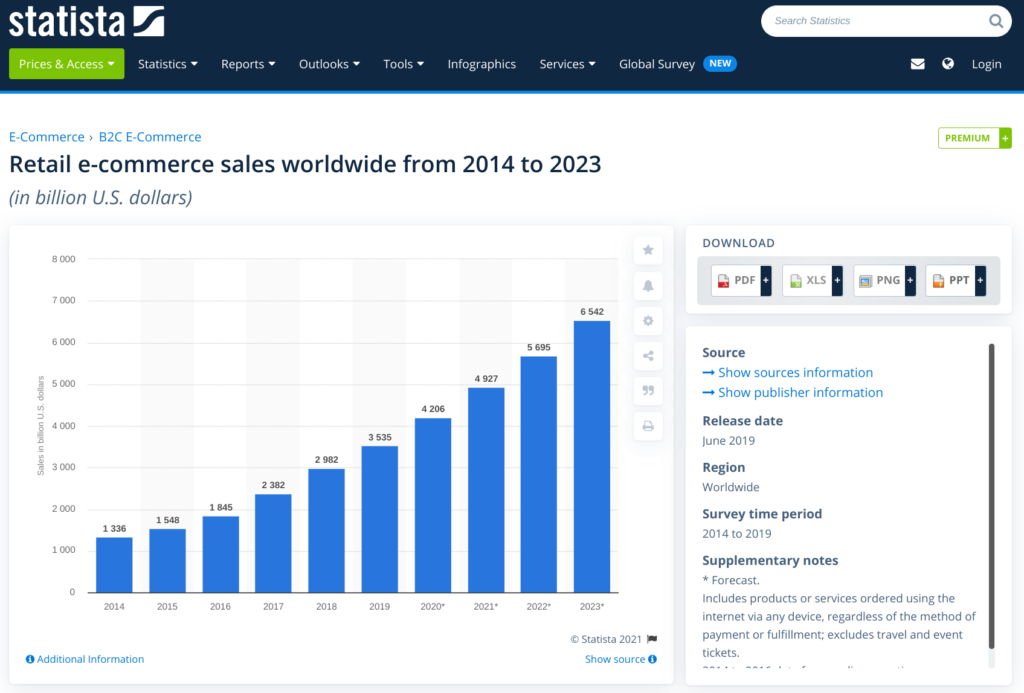
Statista, for example, curates and presents data from a variety of industries.
Third-party data is often rather “hands-off”, providing an objective view of the data in question. Still, many “State of the Industry” reports will offer insight into the meaning behind the data presented, as interpreted by specialists within the organization.
That said, it’s again important to consider the context of this data (rather than taking it as gospel). Though the data itself will almost certainly be accurate — and quite comprehensive — it’s important to think of what it all means to your company moving forward.
As with the different types of customer data you need to collect, it’s vital to dig into all available sources of data in order to get a complete understanding of your customers’ needs and expectations.
You may also realize the data you’ve collected can be expanded upon by digging deeper with your customers. For example, if a third-party report uncovers insight that your first-party data had not, you’ll want to create opportunities for your customers to expand on what you’ve learned.
Again, there are more data sources available to your team today than ever before. If you want to know how to best serve your customers, you need to make the most of every resource at your disposal.
4. Determine the Tools and Technology to Invest In
With so much customer data “out there” — and so many sources to pull it all from — you’re going to need a good amount of technological assistance.
Luckily, there are a number of tools available to help you along at each stage of the process.
Tools for Data Collection
First things first, you’ll want to invest in software to help you collect data from your customers.
Google Analytics, Crazy Egg, LiveSession.io, and other behavioral analysis tools can tell you exactly what your customers do when they visit your site.
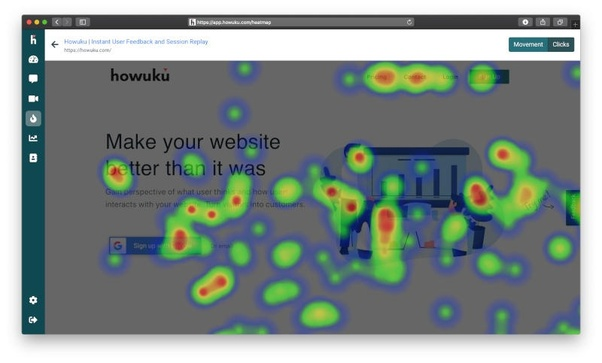
In analyzing their on-site journeys, you can identify where engagement is highest — and where it tends to drop off. In turn, you can make laser-focused improvements to your customers’ on-site experience that will keep them engaged and coming back for more.
Creating engaging forms or surveys with software like Woorise will allow you to reach out to your customers for feedback at critical points along their journey. This empowers your customers to make their voices heard, and allows you to hone in on exactly what they’re looking to get from your brand.
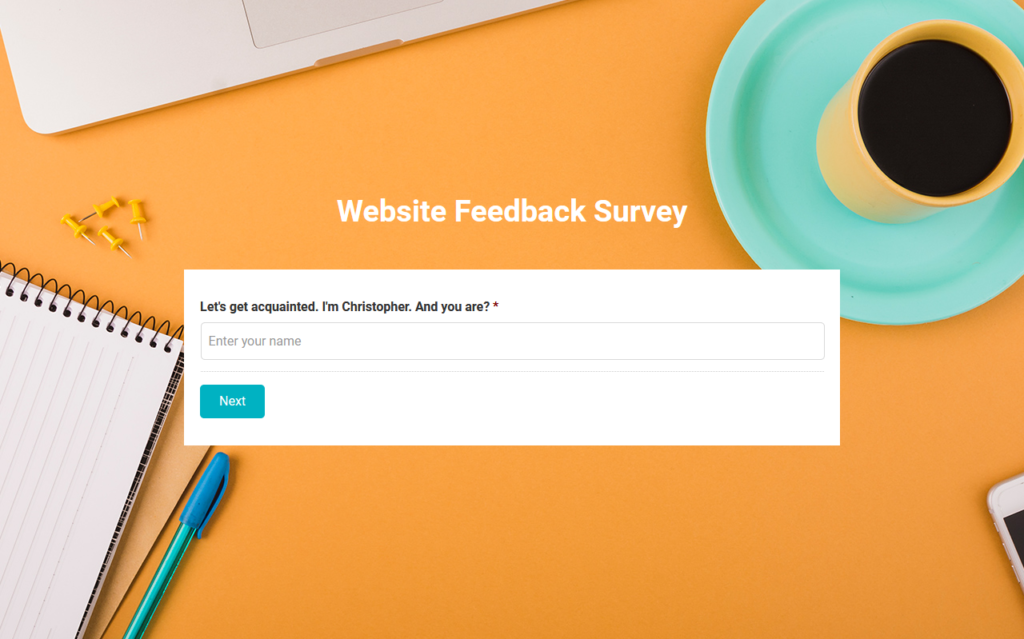
Similarly, feedback collected from your helpdesk software can help you identify areas of your CX that cause friction along your users’ path to success.
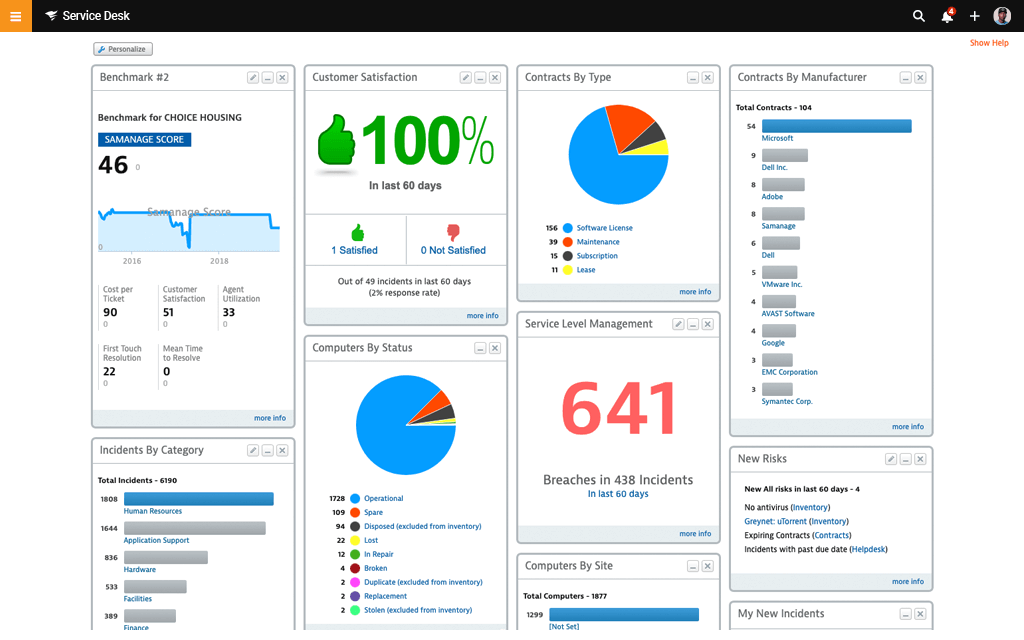
Tools for social listening are also important, as they’ll help you learn about what your customers are saying about your brand outside of direct engagements. These tools can even help you uncover previously unknown data sources that may prove invaluable to your team’s customer research.
Investing in modern data collection tools is a necessity at this point. If you’re not able to collect data on your customers on an ongoing basis, you’ll always run the risk of missing out on important information that could have a major impact on your business moving forward.
Tools for Data Organization
As you collect customer data from these various sources, you’ll need to ensure it stays organized.
(Otherwise, it will be incredibly difficult to make sense of it all, and to actually use it productively.)
This is where customer data platforms come into play.
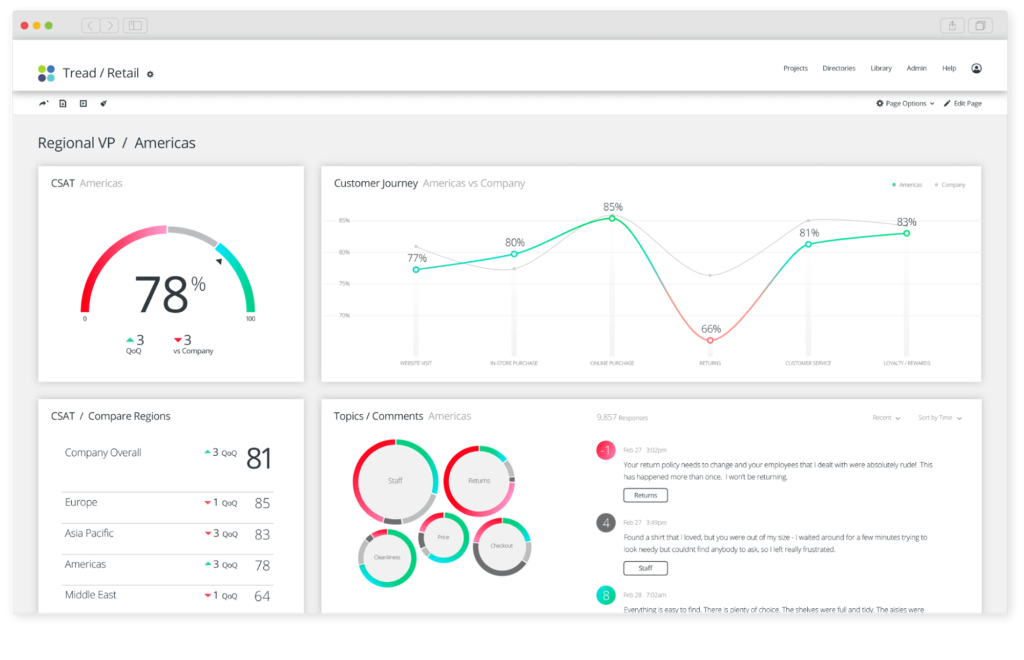
CDPs are the “big brother” of customer relationship management tools. With modern CPD technology, you’ll have a 360-degree view of your individual customers and your audience segments.
Customer data platforms integrate with your data collection tools, pulling all known data into a centralized database to be used throughout your organization. As new data becomes available, your CDP will automatically update customer profiles and other data files accordingly.
Essentially, a customer data platform will act as your single source of truth for any and all customer data owned by your team. In turn, this data can be used throughout your organization to better serve your audience in a wide variety of ways.
Data Analysis and Interpretation
Once your customer data is organized, your next step will be to figure out what it all means.
If you’ve invested in a modern CDP, you’ll already have a head start: Many of these tools come with predictive analytics and similar AI-based features that can help you make sense of your data, and what your team should do based on the data collected.
Still, you’ll also want to take a more hands-on approach when interpreting your customer data. This means combining the knowledge you’ve gained from the tools mentioned above with your team’s knowledge and experience to form a complete understanding of your customers.
Once you’ve synthesized this information into practical knowledge, you’ll then need to document it within your internal knowledge base.
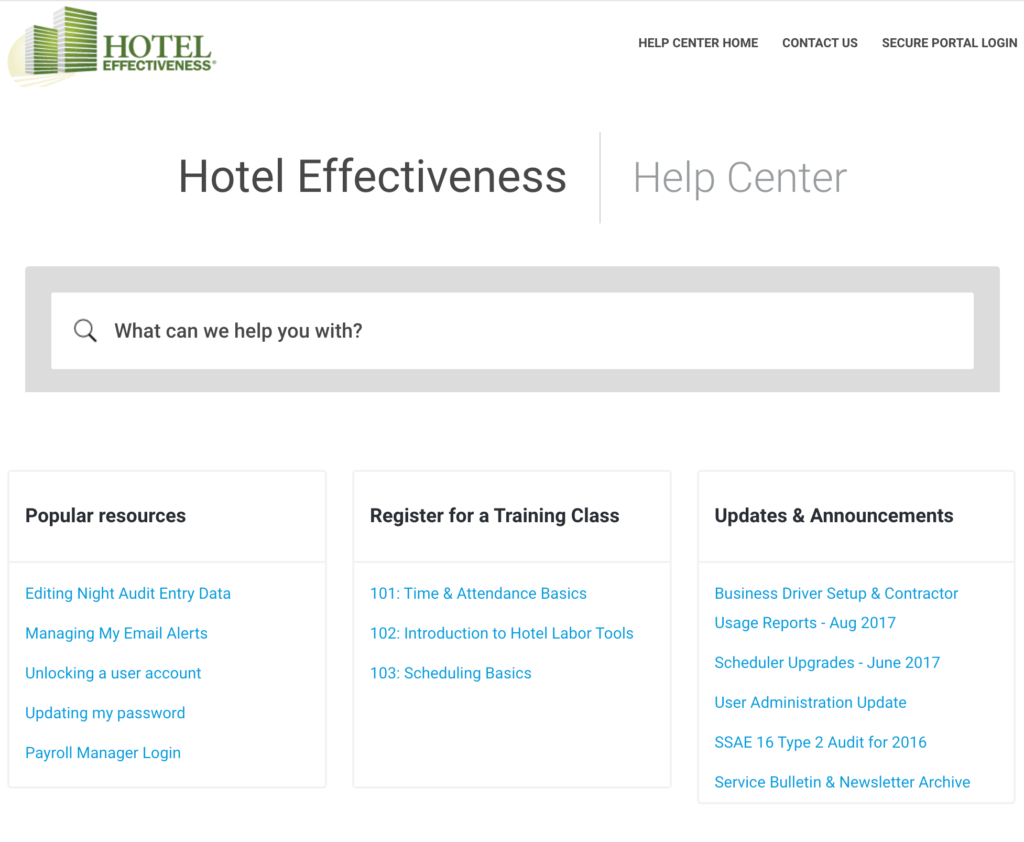
Without this crucial step, the customer data you collect can easily go “in one ear and out the other” — being used to make surface-level changes as it comes in, only to be forgotten in time. By taking the time to document the knowledge you’ve gleaned, you can continue to build on your understanding of your audience with every piece of data you collect.
Investing in these tools is basically non-negotiable at this point. And, really, with the amount of data and knowledge you stand to collect by using them, there’s no reason not to do so.
While you don’t necessarily need to adopt all of the tools mentioned above at once, you do want to have a long-term plan for collecting and using as much customer data as possible.
There will always be more to learn about your customers. And, as technology evolves, there will always be more ways for you to learn about them.
5. Develop Standard Operating Procedures to Facilitate Data Collection and Analysis
While technology will play a huge role in your ability to collect, organize, assess, and use your customer data, it won’t do everything for you.
Workflows and standard operating procedures (SOPs) are necessary to ensure your team knows how to get the most use out of the tools you adopt.
The goal is to ensure your data-related processes move like clockwork.
This means defining:
- Who’s involved at each stage of the process
- What, specifically, needs to be done at each stage to ensure practical use of data
- How each stage of the process flows into one another
This goes for all customer data collected from any source, using any tool in your tech stack.
If you don’t have a clear plan in place for all this, a number of things can go wrong at any given moment:
- Important data can go overlooked or — worse yet — lost for good
- Your team can end up collecting a superfluous — and overwhelming — amount of data
- Valuable data can end up being misinterpreted, and even misused
In any case, if your team doesn’t have clear, systematic processes for using the customer data you collect, you’ll likely miss the mark when it comes to using it to improve your CX.
But, by standardizing your data-related processes across the board, your team will be able to squeeze every ounce of value out of your customer data — and will be able to make laser-focused improvements that continue to move the needle in the right direction.
6. Take Systematic and Strategic Action
A systematic approach to actually using your customer data to make changes to your CX is equally as important (if not moreso).
Really, your efforts to become truly data-driven rely on your ability to use your customer data systematically and strategically.
From a high level, this process should generally unfold as follows:
First, narrow your focus onto a specific aspect of your customer experience. As we said at the beginning, whether you’re looking to fix something that isn’t working, or to go above and beyond in a certain area, you’ll need to have a clear focus for each of your CX-related initiatives from the get-go.
From there, you can dig into the data that your team routinely collects surrounding this area of your CX. While you may already be aware that improvements need to be made, your data will make the specific changes needed crystal clear.
Still, you’ll then need to form a hypothesis as to the changes to be made, and the impact these changes will have on your CX. Again, using your customer data and your team’s knowledge, define exactly what you’ll be changing — and the specific metrics you’ll be looking to improve.
Once you have a plan: Test one change at a time. A scientific approach is essential here; changing more than one aspect of your CX at once will make it difficult (or even impossible) to determine the impact each change had on the eventual outcome.
As you begin to see results from the testing phase, you then have a decision to make. If you saw gains (both in terms of CX and your bottom line), you’ll obviously want to roll the change out to your entire audience. If your hypothesis didn’t pan out, you’ll know to go back to the drawing board to figure out a better course of action.
Now, the actual processes you’ll go through when making these data-driven improvements will be unique to each specific instance. To that end, your team will need to be prepared to move in whichever direction the data points them.
In a word, your team needs to be agile. You can use an agile project management tool to make your team agile.
But, there’s a huge difference between “being agile” and “flying by the seat of your pants”. Though your customer data may point your team in the right direction, a strategic approach is what will ensure you stay on the right track moving forward.
7. Revise and Improve Your Data-Related Processes
We’ve alluded to this, but let’s make it clear:
There will always be something you can do to get more value out of your customer data.
There will always be more data to collect, and more sources to collect it from.
As technology evolves, collecting and assessing your customer data will become easier.
And, as your team’s understanding of your customers grows, you’ll also gain a better understanding of what data is most important for improving their experiences with your brand.
But:
You’ll only make these strides if your team is constantly looking to the future, and making intentional plans to improve your data-driven initiatives.
As time goes on, you’ll want to regularly revisit all that we’ve mentioned in this article to ensure your processes are streamlined and optimized. With experience, identifying weak spots and areas in need of improvement will become second nature for your team.
(Note that this is a key reason to standardize your processes: Without this step, identifying specifically what needs to improve will be rather difficult.)
Again, where your team will need to make improvements is unique to your circumstances.
The takeaway, here, is to never rest on your laurels — even if your customers seem to be completely satisfied with your brand. With changes occurring in technology and consumer expectations so rapidly, merely maintaining the status quo will ultimately leave your customers wanting — causing your brand to fall far behind others in your industry.
In continuing to make the most out of your customer data, though, you’ll stay a step ahead of their expectations — and leaps and bounds ahead of your competitors.
Customer Data is the Key to Improving Your CX
It’s pretty simple:
If you aren’t intent on collecting data on your customers, you’re not going to know all that much about them. If you don’t know much about them, you can’t possibly deliver value to them as they expect and deserve.
As we’ve made clear, there’s really no excuse for you to not be focused on customer data at this point. For one thing, more consumer data is readily available and accessible now than ever before. What’s more, modern technology is continuously making it easier than ever to collect, make sense of, and use this data to improve the branded experience you provide your customers.
Woorise allows you to learn more about your customers through surveys, polls, and other interactive content, delivered to your audience on a variety of channels. Check out our collection of templates to learn how we can help you better understand your audience — and discover more about what they need from your brand.



